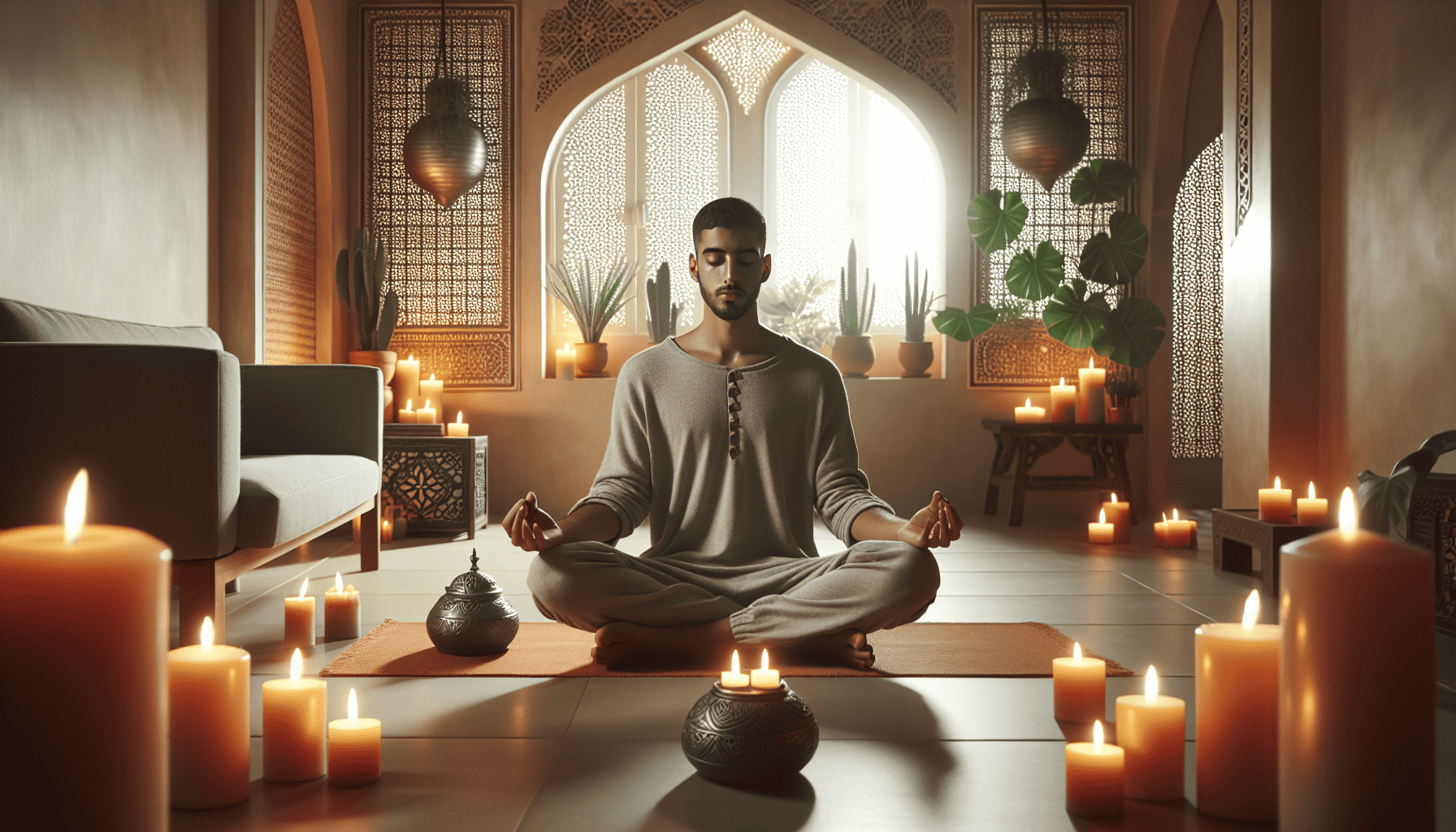In today’s fast-paced world, finding moments of peace can often feel challenging. However, integrating meditation practices into your daily routine can offer a pathway towards tranquility and reduced stress. Whether you're new to meditation or have some experience, this guide will help you cultivate a practice that enhances peace in your life.
Meditation is a practice that involves focusing your mind on a particular object, thought, or activity to achieve mental clarity and emotional calmness. It is an ancient technique that has been embraced by many cultures worldwide. Here’s how you can incorporate meditation into your daily life effectively:
1. Start Small
If you're new to meditation, it's best to start with just a few minutes each day. You don’t need to set aside hours for meditation; even a few minutes can make a significant difference. Focus on your breath or a simple mantra, allowing yourself to gently return to this focus whenever your mind wanders.
2. Create a Dedicated Space
Designate a spot in your home specifically for your meditation practice. It doesn’t have to be a big space; what matters is that it is peaceful and free from distractions. Having a dedicated space can signal your brain that it’s time to relax and focus, making it easier to enter a meditative state.
3. Consistency Over Time
Consistency is key to experiencing the benefits of meditation. Try to meditate at the same time each day to develop a habit. Whether it’s in the morning to start your day with clarity, or in the evening to unwind, finding a time that works for you is essential.
4. Guided Sessions
If you find it difficult to meditate on your own, guided meditation sessions can be incredibly helpful. These sessions can provide structure and direction, making it easier for you to stay focused and engaged.
5. Mindful Breathing
A simple yet powerful meditation practice involves paying attention to your breath. Sit comfortably with your eyes closed, and focus on the sensation of your breath entering and leaving your body. This practice can help ground you in the present moment and promote feelings of calmness.
6. Body Scan Technique
This technique involves mentally scanning your body from head to toe, acknowledging any sensations without trying to change them. This meditation practice can help you reconnect with your body and release any tension you may be unconsciously holding.
7. Walking Meditation
If sitting still is challenging for you, try walking meditation. Focus on the sensations of walking, such as the feeling of your feet touching the ground and the rhythm of your steps. This moving meditation can help increase mindfulness and reduce stress during your daily activities.
8. Reflect on Your Practice
Take a few moments after each meditation session to reflect on how you feel. Journaling about your experiences can help you stay motivated and see the progression in your practice.
9. Patience and Compassion
Be patient with yourself as you start your meditation journey. It's normal for the mind to wander, and it may take time to notice the effects of meditation. Approach each session with compassion and without expectation, allowing your practice to unfold naturally.
Incorporating meditation into your daily routine doesn't require a great deal of time or special skills. With dedication and consistency, meditation can become a powerful tool to enhance your peace and decrease stress, paving the way for a more balanced and harmonious life. Remember, the journey is as significant as the destination, so embrace your practice with an open heart and mind.
